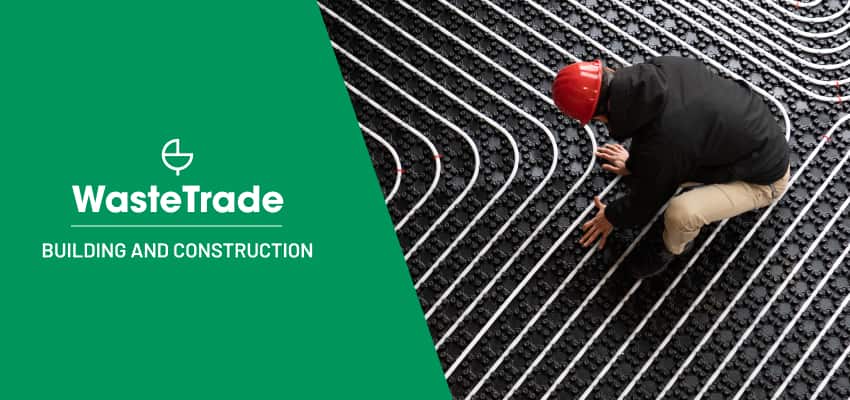Building and Construction

Construction projects heavily rely on the use of plastics, from piping systems to roofing materials, due to their durability, flexibility and affordability. However, the downside of using plastics in construction is that it contributes to the growing problem of plastic waste. In this article, we will delve into the use of plastics in construction, their environmental impact, and what can be done to mitigate the problem.
Plastic Use in Construction

The use of plastics in construction dates back to the mid-20th century when PVC (polyvinyl chloride) was introduced as an alternative to traditional building materials. Today, plastics are used in a wide range of construction applications, including:
- Piping systems
- Insulation
- Roofing materials
- Wall coverings
- Flooring
- Windows and doors
- Electrical and lighting fixtures
The use of plastics in construction has many benefits. Plastics are lightweight, durable, and can be moulded into various shapes and sizes, making them ideal for construction projects. They are also affordable compared to traditional building materials such as concrete and steel. Additionally, plastics offer excellent insulation properties, which can reduce energy consumption in buildings.
The Environmental Impact of Plastic Use in Construction

While plastics offer many benefits in construction, they also have a significant impact on the environment. Plastics are not biodegradable, meaning they do not break down naturally in the environment. As a result, plastic waste accumulates in landfills and oceans, causing harm to wildlife and ecosystems. Furthermore, the production of plastics requires significant amounts of energy and resources, contributing to greenhouse gas emissions and climate change.
To address the environmental impact of plastic use in construction, several solutions can be implemented. One solution is to reduce the amount of plastic used in construction by promoting the use of alternative materials such as bamboo and hemp. Another solution is to promote the recycling of plastic waste generated from construction projects. This can be achieved by ensuring that plastic waste is segregated and collected separately from other construction waste.
Conclusion
Plastics play a crucial role in construction, but their use also contributes to the growing problem of plastic waste. To mitigate the problem, we must promote sustainable construction practices that reduce plastic use and promote the recycling of plastic waste. By doing so, we can ensure that our buildings are not only durable and efficient but also environmentally responsible.
